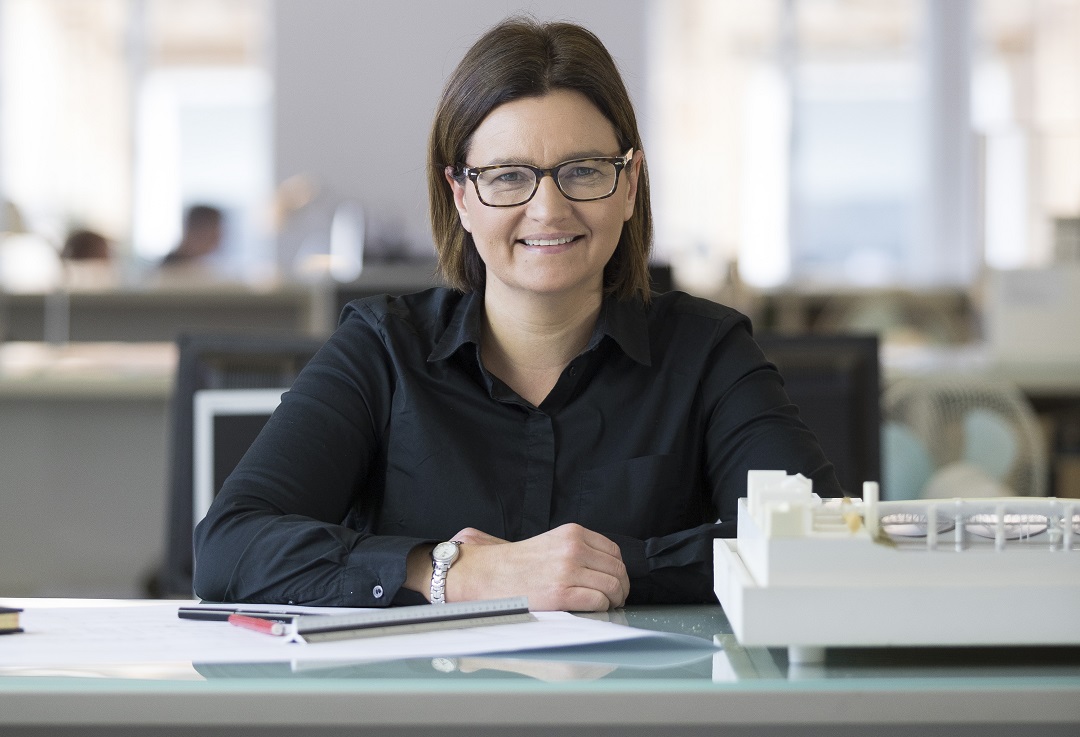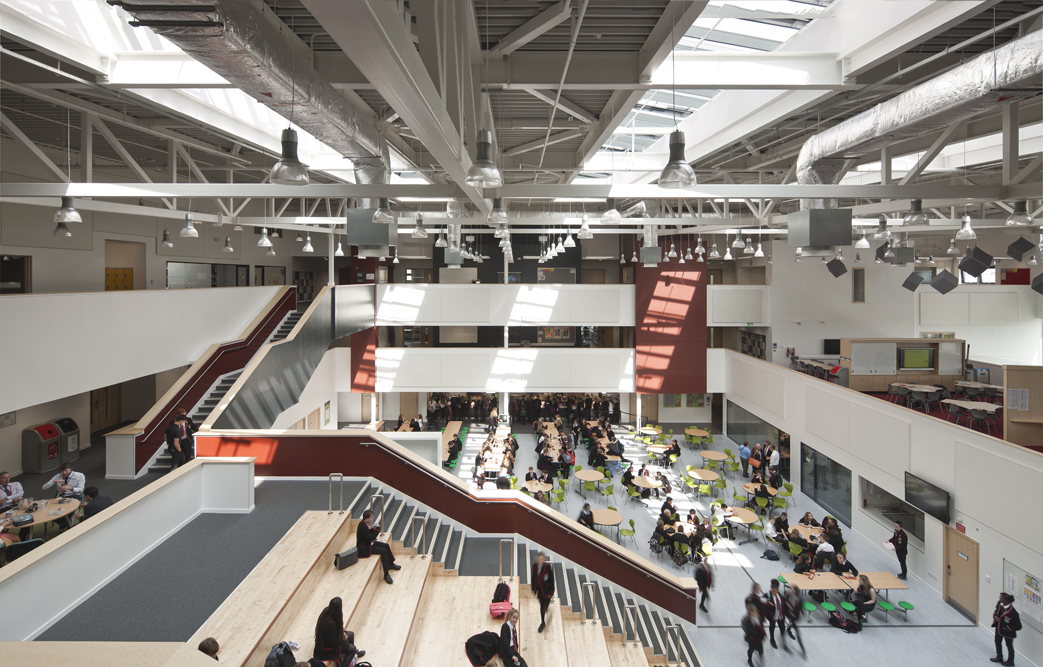Lindsey Mitchell: Lessons learnt for sustainable school design
As we begin the year-long countdown to COP26, Lindsey Mitchell takes a look at how the education building sector can play its role in sustainable design.

Lindsey Mitchell
Scotland has ambitious environmental goals. It is five years since the Paris agreement. The race to zero emissions is a driver for new types of thinking across all industries, and especially the sector I work in - the built environment.
In my role as architect director at BDP’s Glasgow Studio, I have been involved in numerous education building projects across most local authorities in the last decade.
Education can determine how people live the rest of their lives. So, providing a successful sustainable learning environment that promotes wellbeing is a contributing factor in allowing every young person to achieve their potential.
Each of our school project designs starts with a blank piece of paper and the aim to create an inspiring place to learn but our work is also driven by Scotland’s ambitious net zero climate target. We are collaborating with local authorities and communities to create sustainable indoor and outdoor learning spaces in schools that show a commitment to teachers, students and the wider environment. The Scottish Government is supporting local authorities with funding initiatives including the Learning Estate Investment Programme (LEIP) managed by the Scottish Futures Trust (SFT). These initiatives are encouraging local authorities to lead by example and all of our clients are taking on this challenge with great enthusiasm and commitment.
As well as creating inspiring spaces, we take a sustainable approach to our designs. Our first principles are to use passive design measures to reduce the energy consumption of the buildings we design. We consider things like building orientation, the form factor and a fabric first approach to envelope design right at the outset of the project. As a Passivhaus certified practice, it is great to see so many new school developments considering the benefits that passive design principles can bring.

Waid Academy
BDP’s track record in sustainable buildings and the many benefits they bring is demonstrated at the Enterprise Centre, a low carbon exemplar building for the University of East Anglia within the Norwich Research Park. The building, which completed in 2015, has achieved BREEAM Outstanding with a score of 90.8%, and also secured the Passivhaus standard. BDP provided full engineering design for this project.
In Waid Academy in Anstruther, completed in 2017 for Fife Council, we designed and delivered a great community school that includes a high school, police station, library and a community hub. We applied the same sustainable approach to design at The Waid and a recent report tracking energy use since it opened, demonstrates the building is working within the SFT LEIP targets, which were not considered at that time. In a time where there is a heightened need to take learning out of the classroom, the use of sustainable, educational buildings and landscape is vital for varied, creative teaching methods. A sustainable campus provides a positive legacy for local authorities and demonstrates their commitment to providing a sustainable community environment.
The LEIP targets set by the Scottish Government can be achieved without Passivhaus certification. Another great example of our sustainable design approach is the Maybole Community Campus for hub South West and South Ayrshire Council; a project that will provide a new secondary school and combine three primary schools together with early years provision. The campus also includes a community swimming pool and a full-size rugby pitch and is one of the first phase investment projects supported by LEIP. The design embodies sustainable principles and explores the possibility of incorporating a renewable energy source, such as wind turbines and photovoltaics, to exceed carbon neutral.
Every school project starts with extensive consultations with the stakeholders – a process of collaboration that is central to BDP’s way of working. Our interactions with teachers and pupils demonstrate quite clearly that learners want buildings that help the environment. Young people, in particular, are more aware of the impact we have on our environments and so we have a moral obligation to create a learning environment that positively contributes to the future of students. We are learning lessons with each project and I’m so glad we can offer sustainable learning and teaching spaces that sit at the heart of community projects, providing a positive and lasting legacy.
- Lindsey Mitchell is architect director at BDP’s Glasgow Studio





















